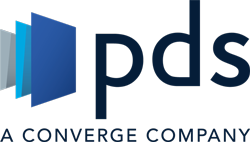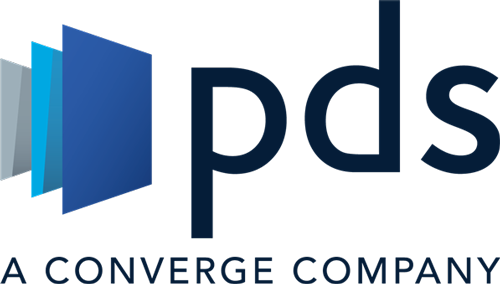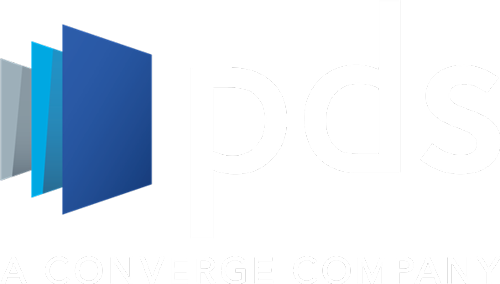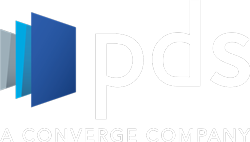Now is the right time to develop a true patient help desk partnership! With the challenges of growing patient portal populations coupled with severe help desk staffing shortages, it is imperative that you have a plan and an experienced partner you can trust!
As we continue to see the lasting effects of the pandemic era and its impact on patient behaviors, expectations, and the needs inside the delivery of healthcare, we’ve seen a dramatic shift toward patients engaging their healthcare providers in new ways. Access is now often through virtual channels, and in the same which places increased stress across the healthcare workforce. Patients now connect with healthcare professionals from anywhere through patient portal systems like MyChart for scheduling, retrieving test results, and connecting to virtual ‘telehealth’ care options has grown exponentially. We have seen labor shortages across industries, but the healthcare workforce has been uniquely impacted. Hospitals face growing patient portal populations with fewer and fewer resources to support patients on those varied virtual platforms. These conditions create a perfect storm and building an outsourcing partnership for your patient portal help desk is the right for your organization! Here are some steps to follow as you make that key decision.
1 – Review the Current Status
Define the current environment, resources, and requirements to determine gaps.
Demand – Since 2019 some providers have seen patient portal populations grown up to 35 times. Are you supporting this new volume with the same number of analysts?
Over-Stretched Resources – This is often evident in the amount of overtime logged by current staff. Are your resources stretched to thin? Is IT or are clinicians providing technical support to patients?
Resource Availability – What’s the job market like in your area? Can you find skilled analysts at a fair wage?
Bottlenecks and Misaligned Resources – This reveals itself in an increased focus on level 1 and 2 requests, a lack of prioritization, or neglect of more advanced/ time-consuming issues.
New Initiatives – If an organization is adding a new product or service line (e.g., a customer portal, or major EMR change), this will have a significant impact on the service desk.
Meeting Demand – Is your existing support team meeting the demand of all users? What is your current support request volume? Do you support users 24/7? Do you have dedicated patient support?
Cost Constraints – There have been increased pressures put on healthcare budgets across the industry. Adding more FTE to cover support can be cost prohibitive.
This assessment should also identify current ownership of the support desk function and highlight any recurring issues such as missed goals, low customer satisfaction levels, non-compliance, and other problems. The result offers a clear picture of whether the existing support infrastructure and resources are sufficient, if there are shortcomings or efficiency issues, and helps determine how wide the gap is between the current state and the ideal solution.
2 – Evaluate the Risks
Managing support internally can impact support quality, cost efficiency, productivity, and more
Rigid Support Capacity – Utilizing an internal team locks you into a fixed capacity for support. If demand spikes and exceeds that capacity you leave users under-supported, or if demand is low you’re left over paying for support.
Slow to Ramp Up – Delayed impact of new hires due to lengthy on-boarding and training processes.
Additional Costs – Hiring, managing, and turnover costs for full and part-time support teams to cover your support is expensive and inefficient.
Distraction – Password resets, navigation issues, and other basic support needs can keep skilled resources off mission-critical IT work or higher-level support needs.
Non-Compliance – New hires often miss requirements due to a lack of experience and a steep learning curve.
Quality – Patient support, go-live support, and other healthcare specific support requires expertise to ensure users and patients get the accurate and timely support they need.
Security Risks – Reduced privacy and protection of patient data.
Do you know how much service desk support is costing you?
Evaluating the need for your organization, understanding the risks, and determining the best solution can be a tall order, but the service desk cost calculator should help to get you started estimating the cost of internal support for organization.
3 – Assess the Benefits of Outsourcing
Outsourcing management of customer support provides numerous potential benefits to health care service providers.
Staffing Costs – Negates all the hard and soft costs of managing an internal team including, wages and benefits, training costs, turnover costs, software/hardware costs, time strain on managing team, etc.
Increased Staff Productivity – As lower-impact requests are handled by the external support team, skilled internal resources can devote time and energy to more strategic, long-term initiatives.
Increased Process Efficiency – Healthcare providers can streamline support and resolution processes due to increased flexibility and adaptability.
Improved Compliance – Organizations can be more service-focused, which improves patient outcomes and boosts regulatory compliance as the outsourcing provider has the appropriate expertise built into its practices.
Alignment with Goals – With the right partner, outsourcing of support can play a pivotal role in keeping the organization in line with its goal to provide excellent end-to-end care.
Lower Total Cost of Ownership – Outsourcing typically involves a lower total cost of ownership for support services than providing an in-house solution.
4 – Review the Outsourcing Solution
The quality of IT support for patients and administrative and clinical users has a direct impact on experience and outcomes for your organization.
For this reason, it is critical to choose a partner who has a robust client roster and extensive experience in the healthcare space. An IT help desk for healthcare must provide a combination of technical skills and soft skills to create a positive customer interaction. PDS patient service desk can offer.
- On-shore analysts offering 24/7/365 customized support for patients
- Experience in the software and hardware your organization uses, with a 4-week training cycle Help Desk Institute certification in customer service, with advanced technical knowledge
- Deep knowledge of HIPAA and other compliance regulations
- Flexible Coverage that gets you support when you need it and saves you from paying for it when you don’t.





